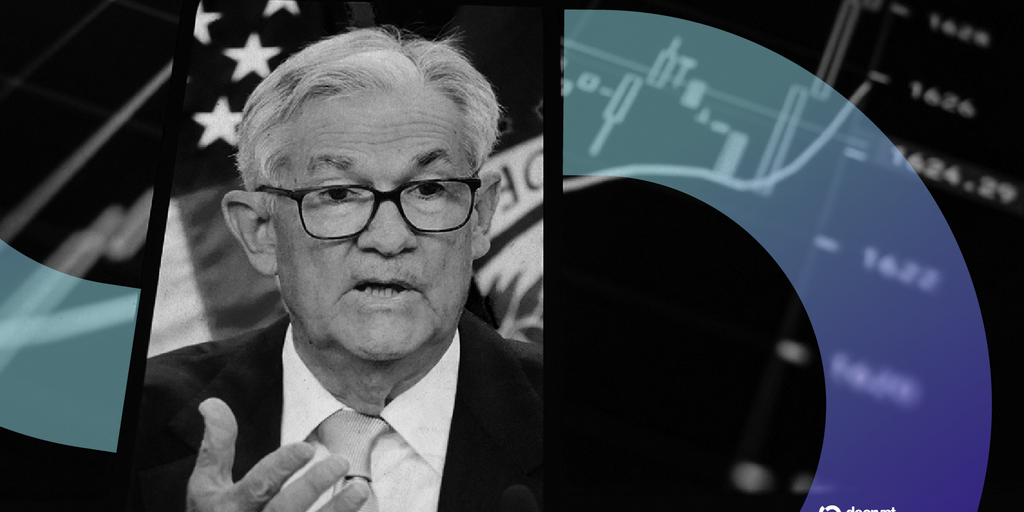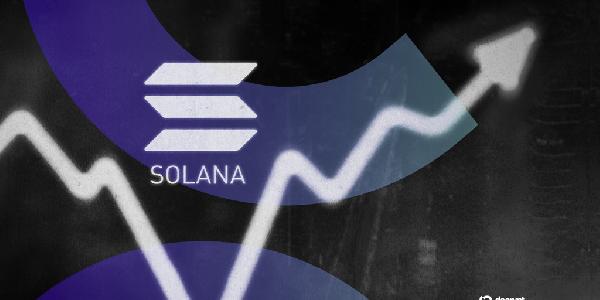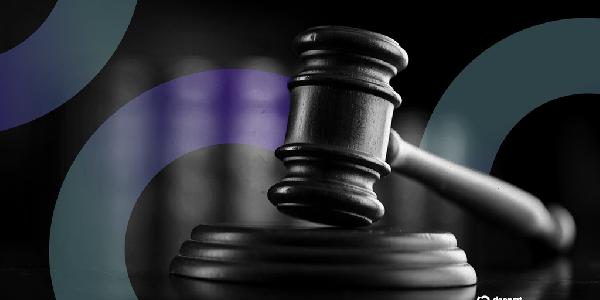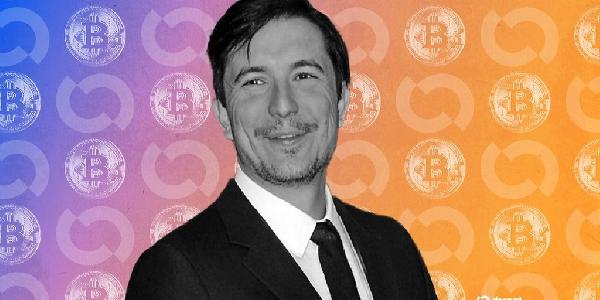A public clash between President Donald Trump and Federal Reserve Chair Jerome Powell is brewing, as investors weigh whether political pressure could hasten rate cuts that typically boost risk assets like Bitcoin.
The rift emerges as Republican frustration grows over the Fed‘s "higher-for-longer" stance on interest rates, an approach many in the GOP blame for dampening growth in equity and crypto markets.
Trump reportedly had a resignation letter for Powell drafted and placed on his desk last week. Trump reportedly held back despite receiving positive responses from polling Republican lawmakers.
"The ‘Shadow Fed‘ is designed to make Powell a lame duck and irrelevant," Jim Bianco, president of macro investment firm Bianco Research, tweeted Monday on X. "So, pay attention to the person coming next; they matter more."
Bianco suggests Trump may name a successor to weaken Powell before his term expires, creating a “shadow” central bank chief.
“Trump will demand rate cuts from the next Chairman, and the long-end will ‘reject it’ by soaring in yield,” Bianco said, predicting markets expect swift easing under Trump’s pick.
Traders are now pricing in just two rate cuts this year, according to CME‘s FedWatch tool.
“Any talk of firing Chair Powell unsettles market confidence, especially in crypto, where trust is key,” Dominick John, an analyst at Kronos Research, told Decrypt. “A ‘Shadow Fed’ clouds rate cut signals, boosting volatility and complicating price discovery.”
While Trump hasn’t moved to oust Powell, the rhetoric has sparked speculation that a future Fed pick might favor rate cuts and lift risk assets, at least in the short term. But what about further out?
These leadership quarrels “often trigger short-term crypto price swings due to uncertainty,” John said. "If control centralizes with little oversight, crypto could increasingly be seen as a safe haven,” John added.
Hostile conditions
The Federal Reserve Act protects Powell from removal except “for cause” misconduct or malfeasance, not policy disagreements.
Legal precedent from Humphrey‘s Executor v. United States (1935) established this independence, affirming that the president cannot dismiss officials from independent agencies, such as the Federal Reserve, over policy disagreements.
The ruling drew a line between executive authority and the autonomy of regulatory bodies, meaning Trump cannot legally fire Powell simply for maintaining higher interest rates.
Still, there are other ways to apply pressure without formal removal.
“On one hand, he can choose to continue criticizing Powell in public, a frequent and toxic approach he often utilizes,” Andrew Rossow, digital media attorney and CEO of AR Media, told Decrypt.
Trump could have Congress “hold ‘hostile’ or adversarial hearings about the Federal Reserve,” while “weaponizing or abusing processes calling for budget reviews, red tape, and other aggressive conditions against the Fed in efforts to make their life more difficult,” Rossow said.
The Fed could also file lawsuits that challenge some Fed decisions, “arguably wasting resources of the court,” he added.
On Monday, Rep. Anna Paulina Luna (R-FL), a Trump ally, escalated matters by filing a criminal referral against Powell, claiming he “knowingly misled” Congress about the costs of the Fed’s headquarters renovation.
The situation opens a paradox, Rossow argues.
“While firing Powell might temporarily boost crypto prices due to dollar weakness and rate cut expectations, it would fundamentally undermine the stable financial system that crypto ultimately depends on,” he said.
For the short term, “crypto might temporarily benefit as a ‘chaos hedge’ against dollar weakness and Fed politicization,” but for the long run, “maintaining a destabilized U.S. financial system could hurt a significant, if not the majority, of risk assets—crypto included,” Rossow said.
Your Email









